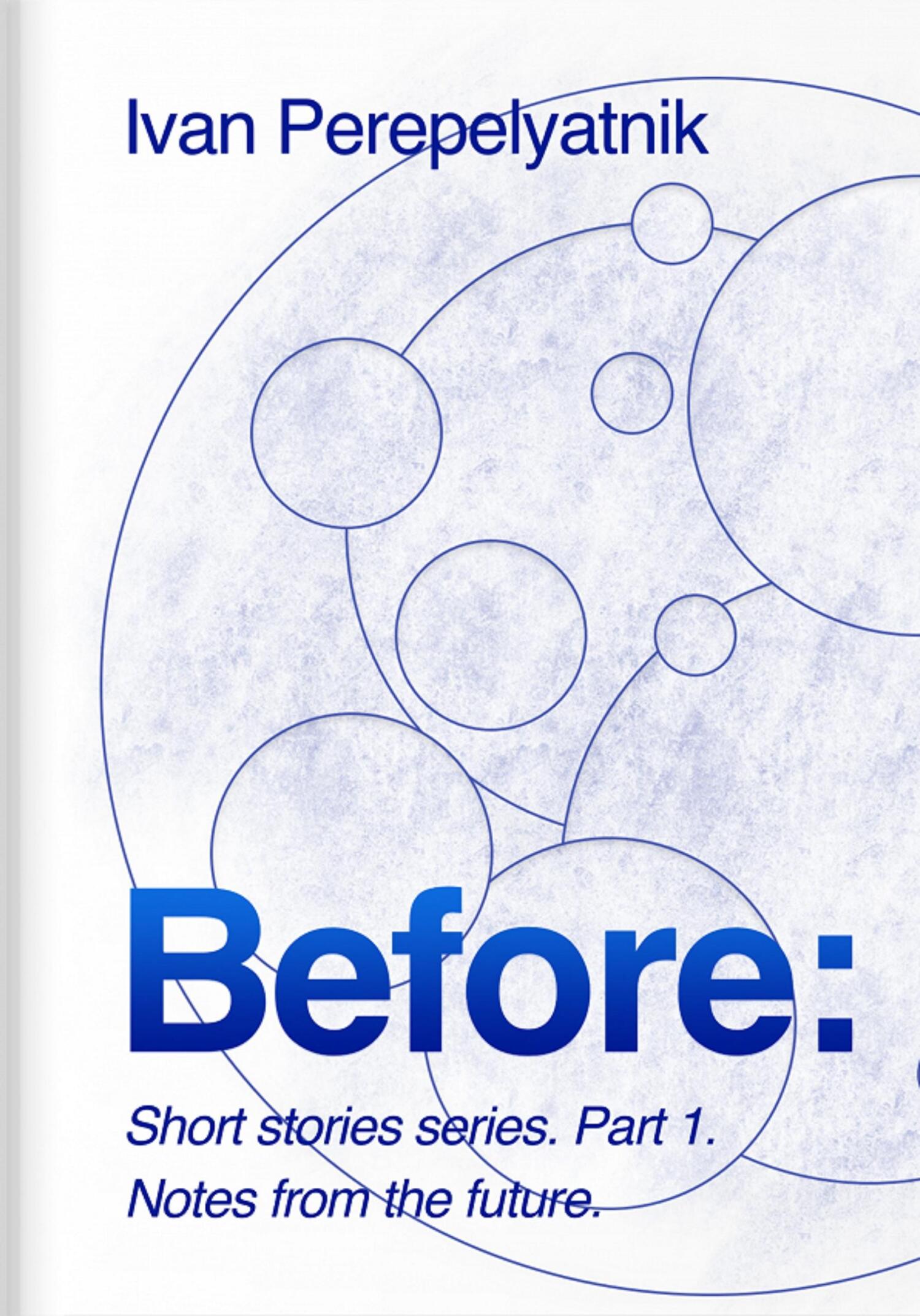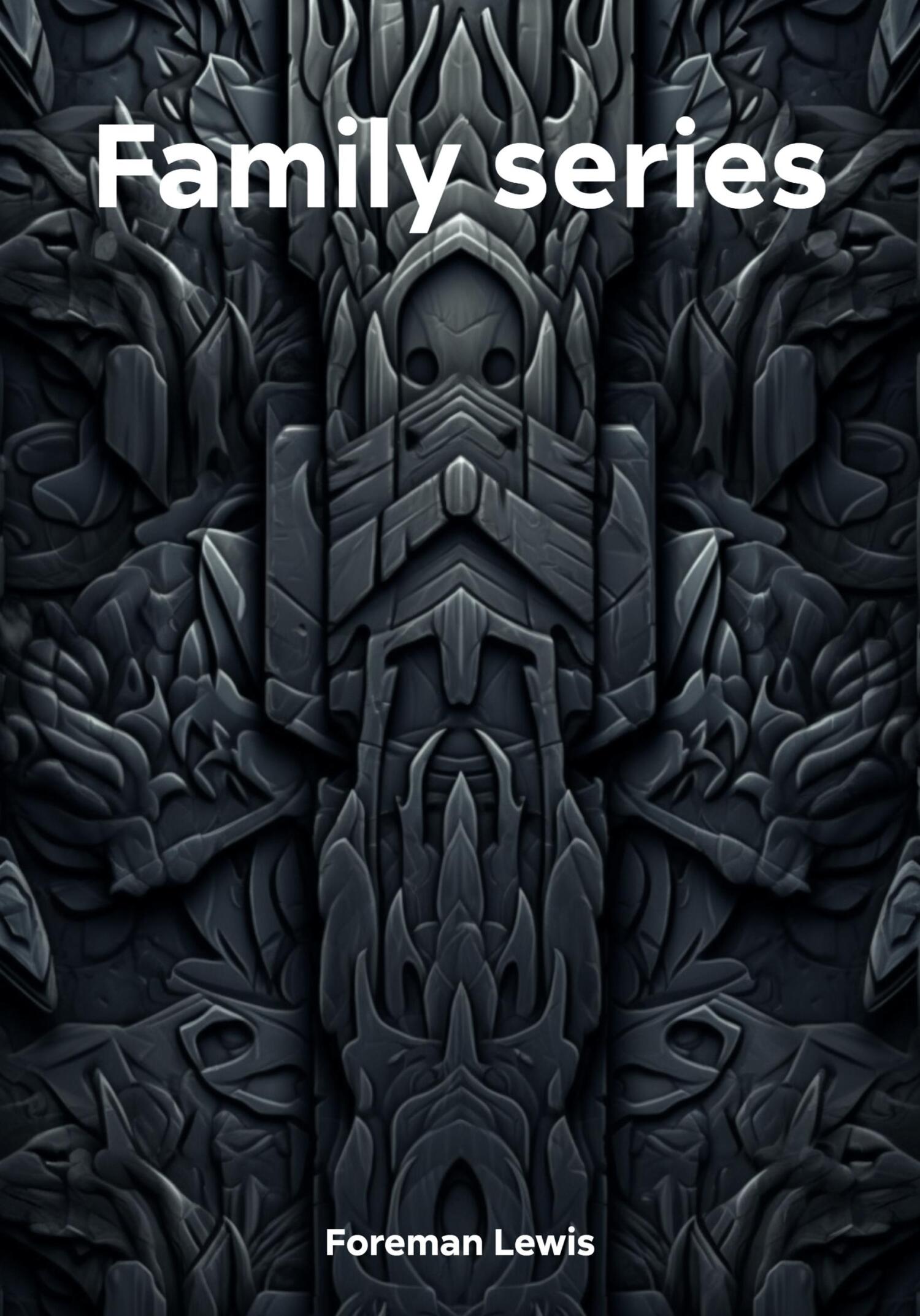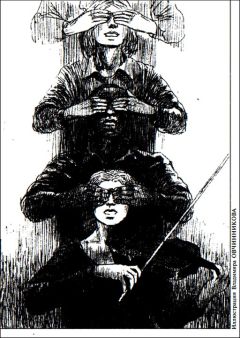of the route is Luxembourg. Destination: Grand Opera, Paris.”
“Let me have a closer look at the route.”
“The optimal route, Rodger, would be as follows,” the assistant replied, “the road to the central transport hub will take you and Inda 10 minutes, at the station you will change for a high-speed TGV capsule. The journey time to Paris will take no more than 30 minutes. Then a taxi will be waiting for you at the central station in Paris, which will take you to the theater. You'll have another 10 minutes left, Rodger. You should leave the house no later than 18:00, in 10 minutes, so that you and Linda have enough time to get to the theater with no fuss before the performance begins.” Sith summed up. “Rodger, would you like to order some drinks or something special for dinner while you are on the train to Paris?”
“Probably not. In the evening, after the theater, we are meeting with friends. I don't want to ruin my appetite. Moreover, they promise that the chef there is just a wizard.”
“Of course, Rodger. Is there anything else I can do for you?”
“No, thanks. Unless you make Inda hurry up.”
“She’s already coming down. You can leave now. The capsule is waiting for you in front of the house.”
“OK,” Rodger replied, getting up from his chair in his new blue-black dinner jacket, elegant shiny shoes and a maroon bow tie. It seemed that the bow tie was oversized, given Rodger's slightly dry neck. But he couldn’t help wearing it. “Inda would be offended. Today is her birthday—everything should emphasize that she is special. Today is her day,” Rodger thought.
Inda was slowly and carefully going down the staircase, lifting the hem of her dress, which shimmered with soft turquoise shades. Its simple classic lines and high rigid top emphasized the refined shape of Inda’s shoulders, while the fabric below the waist emphasized the light and slim figure of the owner of the dress. A small handbag complemented elegant blue shoes trimmed with dark beads.
“You are absolutely dazzling, dear!” Rodger almost whispered, staring at his wife with delight. “I’m glad you’ve decided to wear these earrings today. ‘Almost cobblestones on the ears,’ that’s how you described them, if I'm not confusing anything.” Rodger said, smiling broadly.
“Thanks, Rodge. I have to say, you look pretty good too. And the bow tie complements perfectly the color of your brown eyes.”
“I didn't doubt a second choosing it, Inda. Thank you, dear. It's time to leave. The performance starts in less than an hour.”
The doors of the capsule started opening in the opposite directions as the couple approached, warmly inviting them to the passenger compartment. The dim light in the cabin gradually brightened, and the approach to the doors was additionally illuminated. The snow-white interior of the capsule trimmed with light wood stressed the status of the passengers—their lifestyle implied precisely this kind of style, refined and exquisite. Nothing prevented access to two free-standing chairs, where Inda and Rodge were supposed to be accommodated. The seat closer to the entrance moved back a little, providing even more space for the first passenger to get in. Rodger held out his hand, inviting Inda to come into the cabin. At the same moment, a step silently moved out of the capsule body. Instinctively ducking a little, Inda climbed into the cabin and took her seat. Rodger followed her. The doors closed quietly, and the seat belts fixed the passengers in place, securely and delicately. The capsule started its smooth and soundless acceleration, getting out of the street with cottages on both sides, only slightly visible through a dense hedge, neatly trimmed the other day. Approaching the entrance to the underground highway, organically integrated into the surrounding landscape, the capsule slowed down a little. A new message appeared on the route diagram on the front panel inside the car.
“Entry 51, Highway A7: Diekirch–LUX International Transport Hub.
Distance: 40 km.
Travel time: 7 minutes.”
The capsule was just following a taxi with a pronounced orange stripe in the middle of the car. Speeding up, the cars descended into the tunnel leading towards the capital, where the main transport hub of Luxembourg was located. A minute later, the capsule joined the traffic flow and was already rushing along the main highway at the speed of 350 km / h in the leftmost lane, where there was no speed limit.
In recent days, mild April weather has settled in the Western Europe—spring was quickly taking over its domain. “It’s good that we didn't have to put on any coats,” Roger thought. The capsule suddenly shook slightly, as if it had fallen into an air pocket. Sometimes it happened on a plane. Inda was all absorbed with something on her communicator and did not pay any attention to this circumstance. Rodger took his communicator out of his jacket pocket and made a note, glancing at the information panel indicating the current route details: “Check the A7 highway, 31 km—field gap?”
Rodger Fehler was one of the high-ranking officers of the Central European Transport System, or ETS, the history of which dated back to the last century. At the beginning of the 21st century, forward-thinking engineers and businessmen began to realize that the economic model of the time required major changes, a profound reform. The population of Europe was aging rapidly, unwilling to make a vital investment into the future—every decade the birth rate was going down. Politicians stimulated migration by providing an influx of fresh blood. But in the end all this led to even greater economic problems, since the main issue couldn’t be solved—the performance indices of companies, and the economy on the whole, were on the downward trend. Economic challenges could have been overcome by consolidating society, resources and, of course, keeping in line with the advanced scientific developments and achievements.
When it became obvious that the first high-risk privately financed projects were working,




